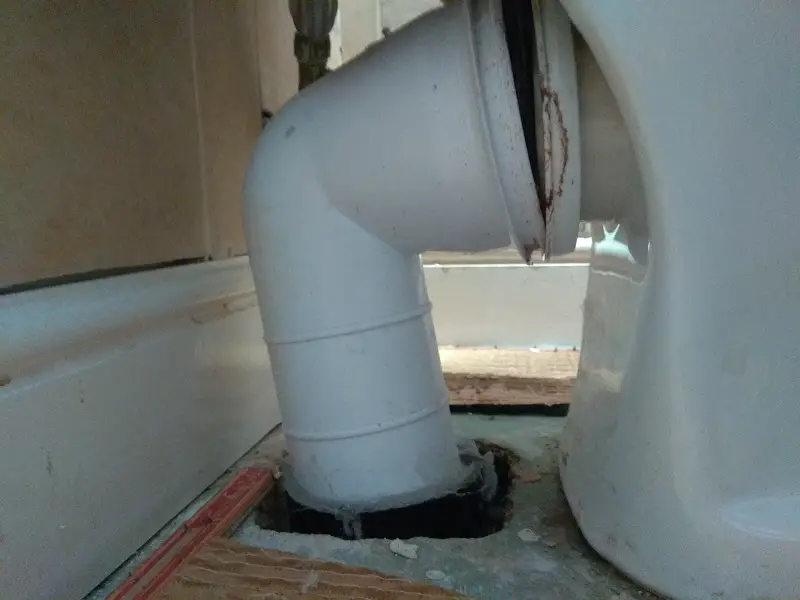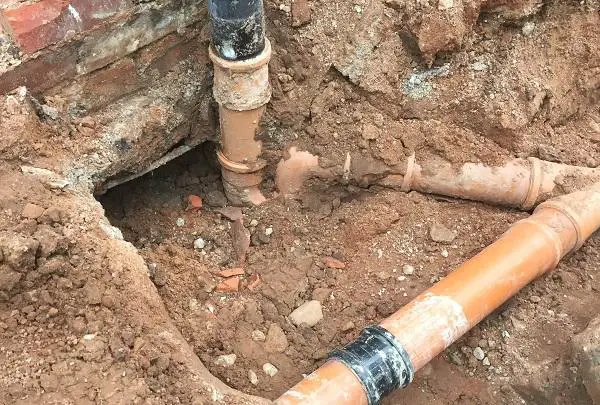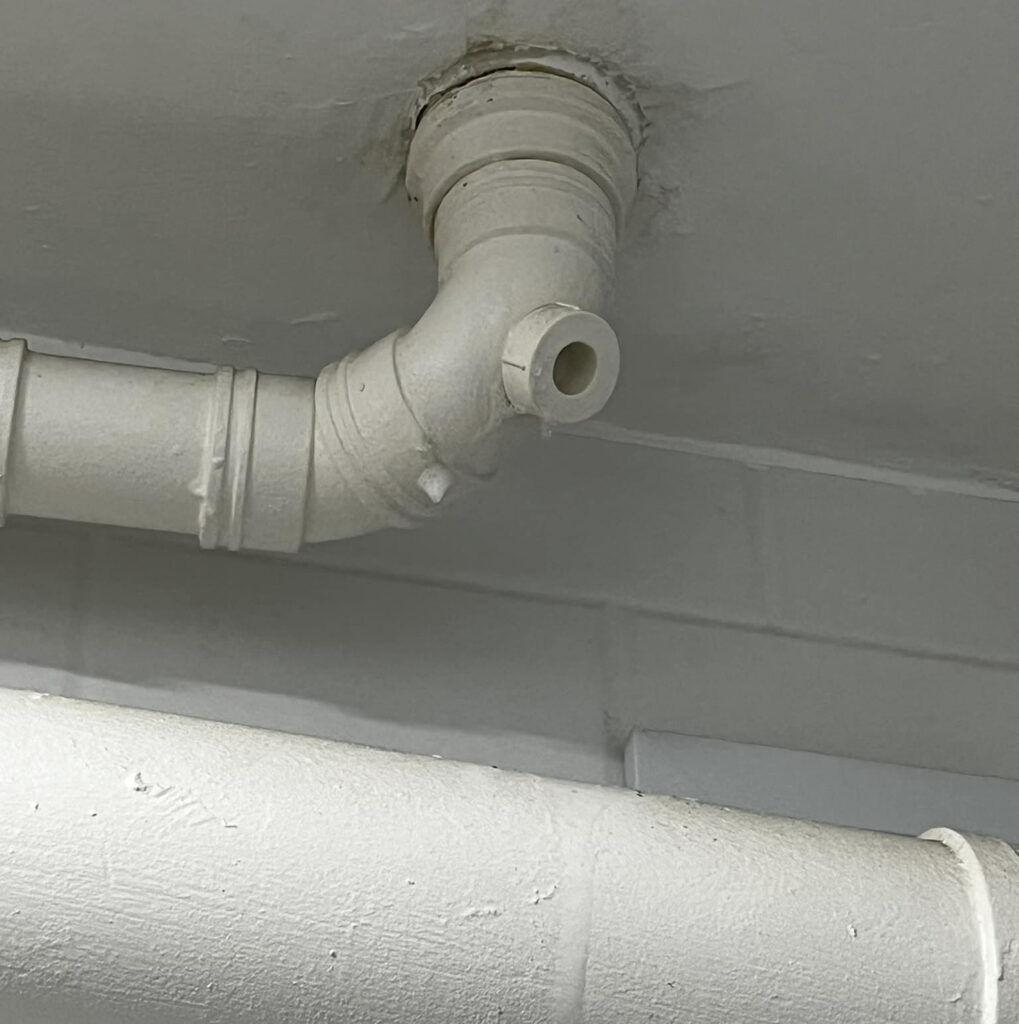2 to 12 toilets can be on one soil pipe based on various key factors for residential and commercial areas. For residential areas, you can add a maximum number of 6 toilets on one soil pipe, whereas you can add up to 12 on the commercial ones.
And, of course, the number varies depending on which soil pipe system your building has. I have lived in 10+ houses in my life, and they all had different types of soil pipe systems, so the soil pipe number went from high to low number based on that.
I know these can be difficult to understand, but don’t worry, as I will clear up all your confusion and give you an estimated idea about how many toilets you can add on one soil pipe.
Quick Jump
5 Key Factors That Determine Soil Pipe Capacity

As it is a complicated query, there are too many factors involved in there. Not to worry, as you won’t need to remember them or consider them while fixing them.
If you look at the reports, you can see the number of accidents related to toilets and soil pipes happening because of not knowing or having a proper idea about soil pipe capacity. That’s why It’s just a good idea to know why and where things are happening behind the scenes to give you a better idea.
Factor #1 (Pipe Size):
The diameter of the pipe is like the number of lanes on that highway. A standard size is 4 inches for residential use, but bigger buildings may need larger pipes, like 6 inches or more. The larger the pipe, the more toilets it can handle. Smaller pipes can get clogged up quicker.
Here is a table to give you an idea.
| Size | Area | Usage |
| 1.5 Inches | Residential | Used for drainage and vent pipes for sinks, showers, and bathtubs |
| 2 Inches | Residential | Common for vent pipes, especially when dealing with smaller residential fixtures. |
| 3 Inches | Residential | Used for toilet drain lines in residential plumbing |
| 4 Inches | Residential & Commercial | For individual toilets and fixtures with low to moderate flow rates. |
| 6 Inches | Commercial | Frequently used for higher-capacity drainage |
| 8 Inches | Commercial |
Factor #2 (Drainage Load):
Each plumbing fixture in your house, like toilets, sinks, and showers, has a fixture unit rating. The more fixtures you have draining into a single soil pipe, the higher the load. You need to make sure the total fixture unit load doesn’t exceed what your pipe can handle, as per local codes.
Factor #3 (Distance and Layout):
The longer the route water has to travel, the harder it becomes to maintain the right flow. If you’re installing toilets far from the main stack, you might need a giant pipe or fewer fixtures on that line.
Factor #4 (Flow Rate):
If all the toilets flush at once, can the pipe handle the rush? That’s where the flow rate comes in. The steeper the slope of the pipe, the faster it can move waste, but you can’t make it too steep either. There’s a balance to strike.
Factor #5 (Venting):
You need air in the pipes to ensure smooth drainage. Think of it like sipping a thick milkshake through a straw. You need air to help it flow. Vent pipes provide that air and prevent gurgling or slow drainage. Without proper venting, you might find yourself with toilet troubles.
Besides these significant factors, there are some minor factors that you need to consider. Your local building codes set the rules for how many toilets you can connect to a soil pipe, and these codes vary by location. Some areas might allow more toilets per pipe, while others are stricter.
Not to mention, just like a car, your plumbing needs regular check-ups. Maintaining your pipes and fixtures can prevent blockages and issues that could reduce the overall capacity of your soil pipe.
If all these feel too overwhelming, it’s better to call a professional to clarify any confusion you might have.
Types of Soil Pipe Systems for Toilets

Depending on where the soil pipe is being used and usage level, either commercial area or residential, the soil pipe system will vary. You should have an idea about which you have already used or are going to use so that you don’t make any mistakes.
I will go through a few common types of soil pipe systems for toilets used in residential and commercial areas.
System #1 (Separate): Each toilet in your home has a separate soil pipe that connects to the main sewer or septic system, keeping waste from different toilets separate until it joins further downstream. It is the most common and efficient for most homes.
System #2 (Combined): In some older buildings, you might find a combined system where all the wastewater from toilets, sinks, showers, and other fixtures flows through a single soil pipe.
System #3 (Single Stack): In single-stack plumbing, all the fixtures in your house, including toilets, share one main stack. Each floor has a stack that connects to the main soil pipe running to the sewer or septic tank.
System #4 (Two-Pipe): In larger commercial or industrial buildings, you might encounter a two-pipe system. This setup has two separate soil pipes, one for faecal waste and one for sinks and showers.
These are the most common or used system of soil pipe systems for toilets. Of course, they all have their flaws, but they come with their strengths, too, depending on where they are being used.
Calculating How Many Toilets Can Be on One Soil Pipe

Here, I will help you with a table where you will find the answer to how many toilets can be on one soil pipe, depending on the different areas and factors that matter most.
Keep in mind that it is an estimate or range to give you an idea, not an exact number. But don’t go above the number and consult with a professional first if you’re still confused.
| Soil Pipe System | Residential | Commercial |
| Separate System | 2-4 toilets | 4-6 toilets |
| Combined System | 2 toilets | 3 toilets |
| Single Stack System | 4-6 toilets | 6-8 toilets |
| Two-Pipe System | 4-6 toilets | 10-12 toilets |
As you can see, you can add up to 6 toilets on a single soil pipe, and the minimum number is 2 for the residential areas. On the other hand, for commercial areas, you can add up to 12 toilets on one soil pipe.
I also considered the pipe size crucially so that the residential and commercial area range doesn’t get mixed up.
Another thing I want to clear up is that I didn’t consider local building codes and regulations here. But, yes, I made sure that the numbers were in the correct range.
Tips for Maximizing Soil Pipe Efficiency
Sometimes, we might need to add just one toilet on the soil pipe. Or even during regular usage, sometimes you might face different problems because the system is not efficient enough.
Here is what you can do to maximize soil pipe efficiency and capacity
- Adequate venting prevents airlocks and foul odors. Ensure your vent pipes are installed correctly and not blocked by anything.
- Your soil pipe should have a proper slope for efficient drainage, and a minimum slope of 1/4 inch per foot is a good rule of thumb.
- Keep it clear of debris, tree roots, and foreign objects.
- Your soil pipe isn’t a magic disposal chute, so don’t flush down things like paper towels, sanitary products, or cooking grease.
- Prevent debris and hair from going down the drain in the first place by using drain strainers or filters.
Of course, I can go on and on, and there is no single way to maximize the soil pipe efficiency. But keep in mind, and I will share more if you need it.
Wrap Up
That’s everything I can tell you about this particular query. The number of toilets on one soil pipe will vary depending on various factors and usage areas. If you look at the table, it will clear your confusion and give you an approximate number.
I hope you found your answer, and if there is any more question, don’t hesitate to reach out to any other professional. Have a nice day!

Chino is an accomplished Founder and Home Improvement Contractor with a passion for transforming living spaces into beautiful, functional, and comfortable homes. With years of experience in the industry, he has established himself as a reputable expert in the field, earning the trust and admiration of numerous clients.
